Fishy, Fishy in the Lake
- Deborah Kade
- Sep 21
- 7 min read
Fishy, fishy in Murten’s lake; soon you will be on Debbie’s plate.


Michael and I are in the mood for fish today. That can only mean a trip to Murten.
Murten/Morat is a German- and French-speaking medieval town on the southeast shore of Lake Murten. Its defensive walls offer views of the lake and the decorated arcades of the old town.


The town is a popular destination because of its location on the Murtensee and its beautiful old town with a walk-in ring wall. This medieval Zähringer town, with a circular wall dating from the 13th to 17th centuries and a historic old town of national importance, lies on Lake Murten , which bears its name, and was the scene of the Battle of Murten.


"The town of Murten lies at 453 meters above sea level , 14 kilometers north of the cantonal capital of Fribourg (as the crow flies), on a roughly 20-meter-high hill on the southeastern shore of Lake Murten . The town forms the center of the Murten region and is located in the northern Fribourg Mittelland . The stream flowing from Münchenwiler flows into Lake Murten beneath the western city wall. The Mühlebach, a branch of the Mühlebach stream, flows through the valley east of the town to Muntelier, northeast of the town, where it empties into the lake."
"Until 2012, the original municipal area covered 12.0 km². It comprised a section along the southern shore of Lake Murten (approximately 1.8 km of lake shore) and the adjacent Molasse Hills . The municipal area extends from the lake shore across a flat shoreline and the Murten Hills into the depression south of it, through which the Münchenwiler village stream flows. Adjacent to the south are the Molasse Hills, formed by the glacial Rhone glacier and featuring various drumlins , including the Bois Domingue ( 526 m above sea level ) and Aderahubel ( 515 m above sea level ).
Since 2022, following several mergers of the city with neighboring municipalities (in 2013, 2016, and 2022), the area covers an area of 36.41 km². Murten previously possessed a narrow, approximately 500 m wide, but almost 4 km long exclave in the intensively agriculturally used plain of the Grosses Moos . It stretched from Hahnematt near Müntschemier southward across the Grosser Kanal and the Biberekanal to Erlenhof near Galmiz. This area has been connected to the larger municipal area since 2022. Since then, Murten has included an area of approximately 7 km² in the Grosses Moos and the main part of the Chablais nature reserve on the northeastern shore of Lake Murten."
"The municipality of Murten includes the villages of Burg ( 517 m above sea level ) and Altavilla ( 537 m above sea level ) on the high plateau, the hamlets of Prehl ( 465 m above sea level ) southeast of the town, Löwenberg ( 451 m above sea level ) at the northern foot of the Aderahubel [ 6 ] and Erligut ( 461 m above sea level ) slightly elevated on the southern edge of the Grosses Moos, some new residential areas separated from the town and numerous isolated farms. Neighbouring municipalities of Murten are Greng , Meyriez , Courgevaux , Muntelier , Ried bei Kerzers , Ulmiz , Gurmels , Cressier , Courtepin and Mont-Vully , the Galm State Forest in the canton of Fribourg which does not belong to any municipality , as well as Münchenwiler , Ferenbalm and Müntschemier in the canton of Bern and Faoug in the canton of Vaud ."
With 9,552 inhabitants (as of December 31, 2024), Murten is one of the larger municipalities in the canton of Fribourg.
Murten has always been a predominantly agricultural town. The agricultural products of the fertile surrounding land were processed and traded here. Fishing in Lake Murten also played an important role. Because the town was located off the main traffic routes in the second half of the 19th century, industrialization took hold only slowly. A major employer at that time was a watch factory. The real economic boom only began after the Second World War .
"Today, Murten offers approximately 3,400 jobs. With only 3% of the workforce still employed in the primary sector, agriculture plays only a marginal role in the population's employment structure. Approximately 36% of the workforce works in the industrial sector, while the service sector accounts for 61% of the workforce (as of 2001)."
The fertile soils around Murten and in the Grosses Moos are predominantly used for arable farming and vegetable cultivation. Dairy farming and fruit growing are also important.






Murten's industrial and commercial areas are located near the train station and along the bypass road. Important companies operate in the fields of industrial electronics (such as Saia-Burgess ), the production of glass ceramics and cooking stoves, and the food industry. There are also numerous other small and medium-sized enterprises in the construction and transport sectors, information technology, precision engineering, and the textile industry.
The Murten Run has been held on the first Sunday in October since 1933. It is one of the most famous and traditional fun runs in Switzerland, attracting thousands of participants each year. The approximately 17-kilometer route from Murten to Fribourg is also run to commemorate the Battle of Murten.
The streets are lined with baroque town houses. The main alley with its arches of the arbor is particularly beautiful. Try a piece of nidel cake, a Murtner specialty in a café. Passing flower-decorated fountains, you land at the castle, where the Lindensaal terrace offers you a fantastic view of Lake Murtensee.




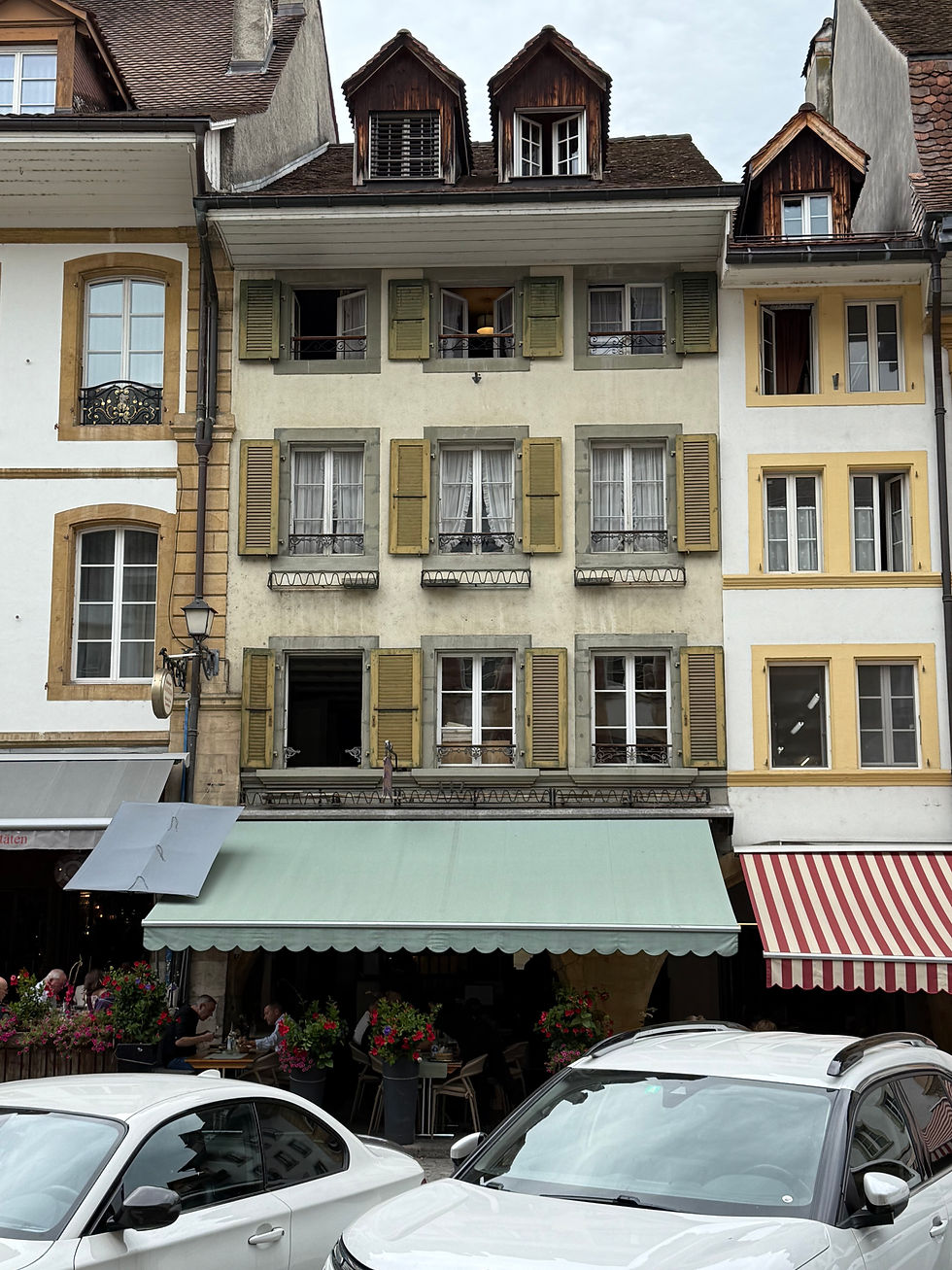
"Murten boasts a picturesque medieval old town with a townscape of national importance. It retains the typical rectangular layout of Zähringer towns and covers an area of approximately 300 m × 200 m. The historic town is divided by three longitudinal axes and a transverse alley. The main alley, in particular, is characterized by its characteristic arcades . The buildings in the old town date largely from the Baroque period of the 17th and 18th centuries."



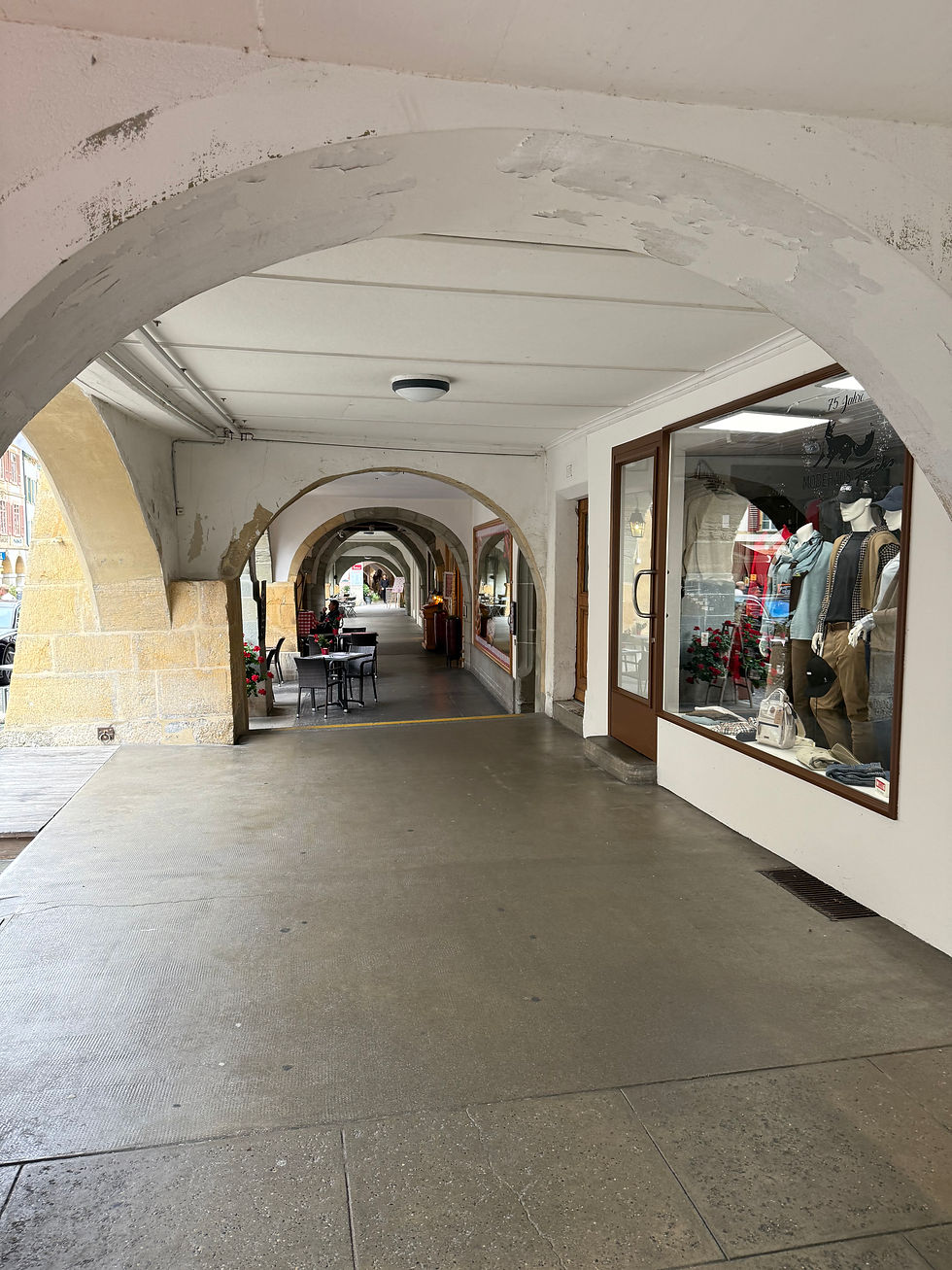



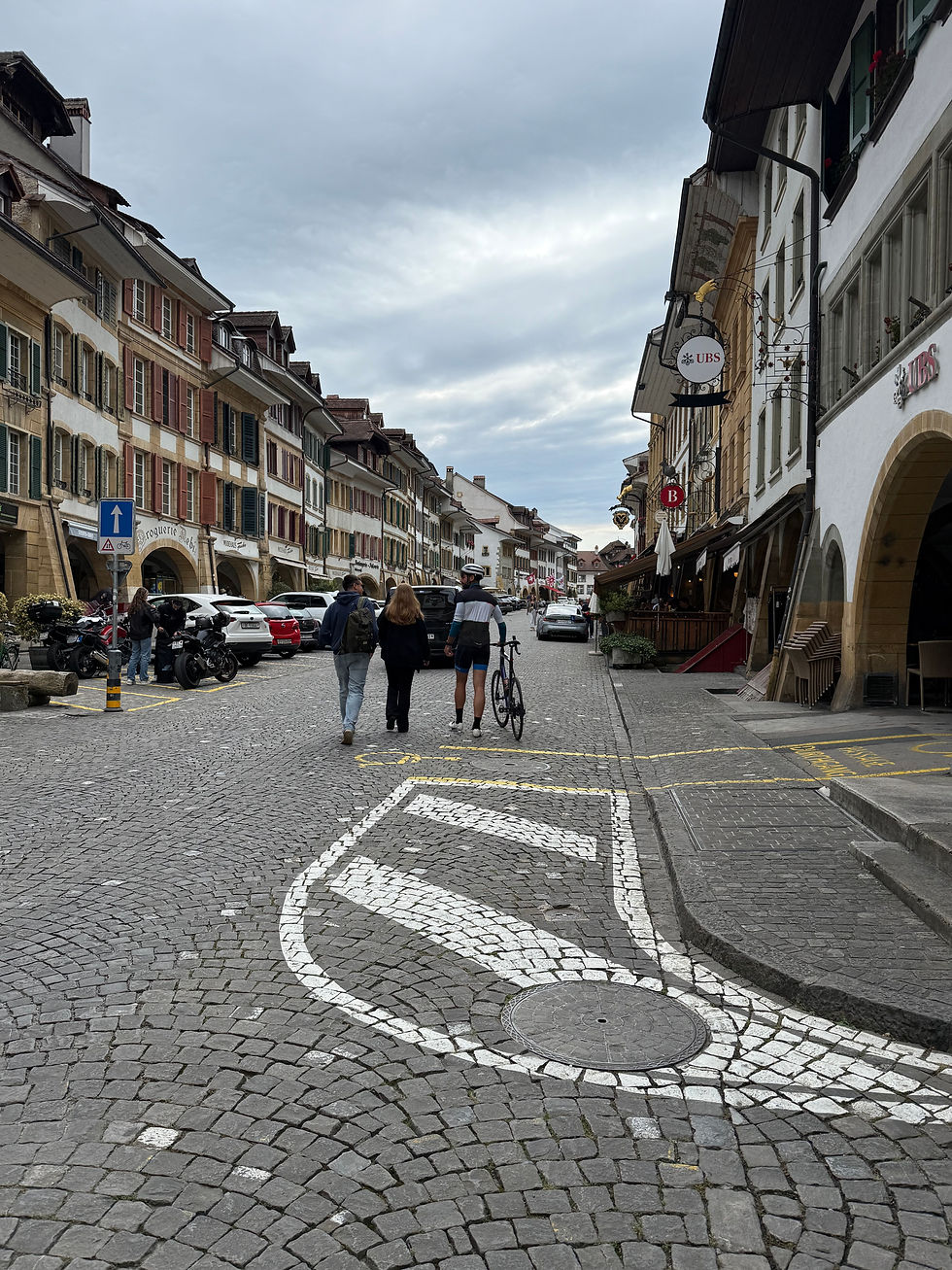
"The Murten city wall is one of the best-preserved fortifications in Switzerland. It was built in 1238 and later expanded, raised, and reinforced in several stages. A comprehensive restoration took place in the 20th century. The former moats were filled in during the 16th century. The almost completely preserved city wall, with an average height of 8.5 meters, features a 15th-century battlement, much of which is accessible in the southern section, as well as twelve towers of various shapes and sizes. The city had two main entrances, of which the Bern Gate (received its present form in 1778) is preserved in the northeast."

"The original parish church of Murten was located some distance northeast of the old town and, when Muntelier was separated, came to be located within its municipal area. The church was demolished in 1762. Since the mid-18th century, the German Reformed Church has served as the parish church for the German-speaking majority of the population. It is located at the eastern corner of the old town and was first mentioned in 1399 as the Chapel of Sainte-Marie.




"Parts of the choir date from this period, while the remaining sections were added during renovations and new construction in later years. The choir tower was incorporated into the curtain wall in 1683; the nave received its present form between 1710 and 1713. The interior features the richly carved pulpit from 1484 and the choir stalls from 1494–1498, as well as vault paintings from 1682 to 1685. Next to the church stands the 18th-century German Reformed rectory in the Bernese style, where Jeremias Gotthelf was born."
"The original Chapel of Sainte-Catherine, built between 1478 and 1480 at the northern corner of the old town, serves as a French Reformed church . The nave dates from the 18th century. Next to it is the French rectory, built in 1732."
We climbed the ramparts. In fortification architecture, a rampart is a length of embankment or wall forming part of the defensive boundary of a castle, hillfort, settlement or other fortified site. It is usually broad-topped and made of excavated earth and/or masonry.
"The composition and design of ramparts varied from the simple mounds of earth and stone, known as dump ramparts, to more complex earth and timber defenses (box ramparts and timberlaced ramparts), as well as ramparts with stone revetments. One particular type, common in Central Europe, used earth, stone and timber posts to form a Pfostenschlitzmauer or "post-slot wall". Vitrified ramparts were composed of stone that was subsequently fired, possibly to increase its strength."
"During the classical era, societies became sophisticated enough to create tall ramparts of stone or brick, provided with a platform or wall walk for the defenders to hurl missiles from and a parapet to protect them from the missiles thrown by attackers. Well known examples of classical stone ramparts include Hadrian's Wall and the Walls of Constantinople."


















This fountain has been memtioned since 1470. Washbasins from stone are found around the town. In 1818, the fountain was restored by Jonas Rieser, Neuenburg. In 1998/99 it was restored by stone sculptor master Daniel Burla, Murten.

Erected in 1473. In 1558 establishmented from stone. In 1828 renewal of the fountain floor by Frédéric Beljean, Neuenstadt. In 1995/1996 restores by stone sculptor master Daniel Burla, Murten



We decided to eat at Restaurant Jäger, Eyup's restaurant. We usually eat at this parent's restaurant, Anantolia, next door. The fresh perch, with lemon sauce, from the lake has always been our favorite.

Eyup mentioned the story of our first time at the Anantolia. He refused to serve me the dish I wanted to order because the fish wasn't fresh from the lake. In talking with him, we figured we have been going to this restaurant for the last nine years. Eyup has a fantastic memory!
We went with Eyup's suggestions. He believes the food, if possible, should be local.

For starters we had aubergine, eggplant, tartar. Michael doesn't like aubergine but he really enjoyed this. With the spices, it didn't taste like auberggine.

Hot bread

For the main course, we had the northern perch. Their fish is caught daily from the lake. The fisherman even bebones it. The perch was atop carrots and green beans. The potatoes were crispy and soft. Such a tasy sauce, too. I always loved the perch filets from the Anantolia but this was just as memorable and delicious!!!


Juicy

Michael and Eyup trying to figure out what the name of the fish in English was.


Caramel cream for desset.
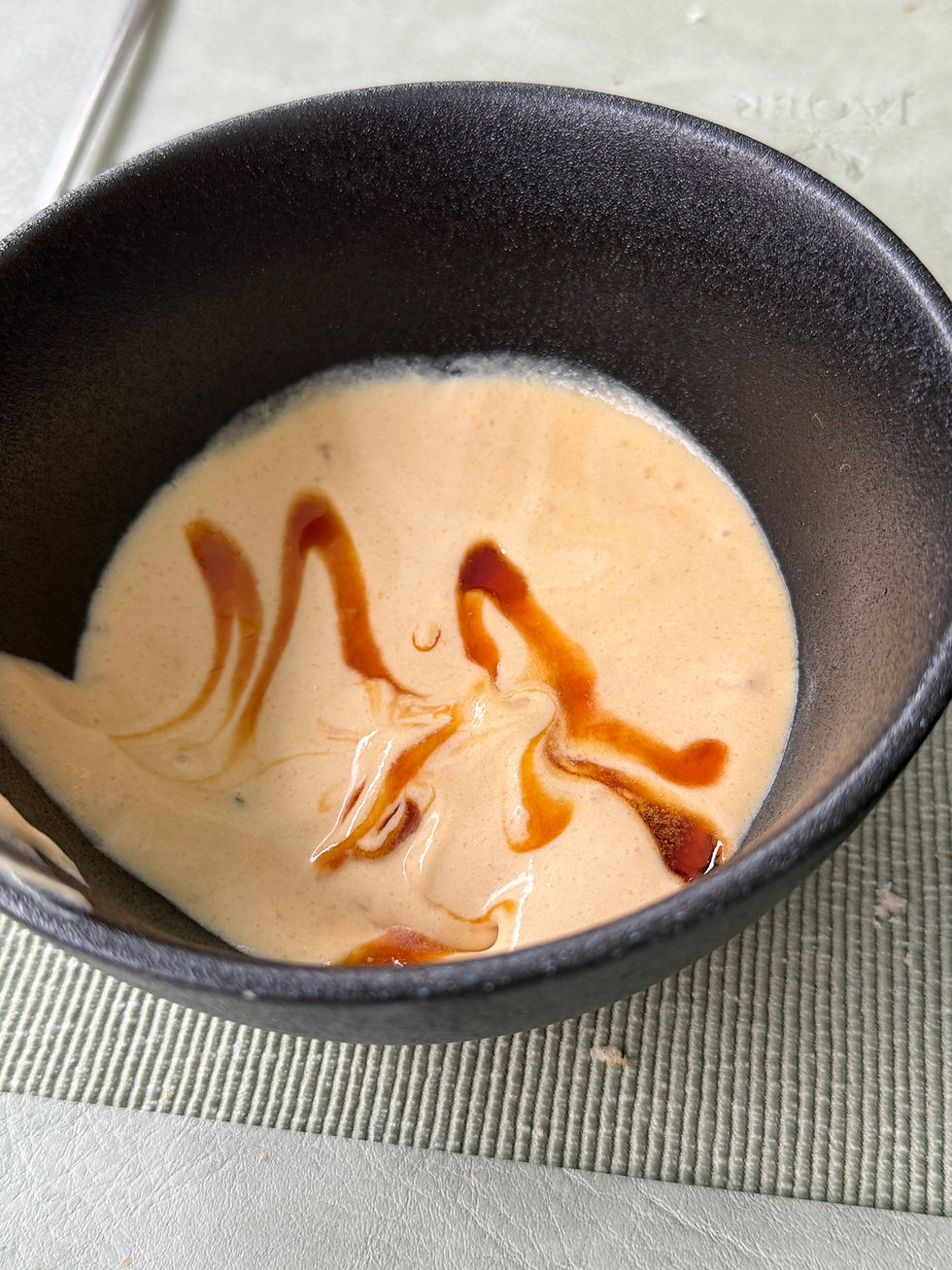
The people sitting next to us had some unique lookingg dishes. I sneaked in some pictures.
Rösti with tender beef chunks
. Cordon bleu.


Eyup told us this was a special cut of beef from the butcher. The butter just oozed over the beef.

Another couple had a raspberry strudel with whipped cream and ice crteam.





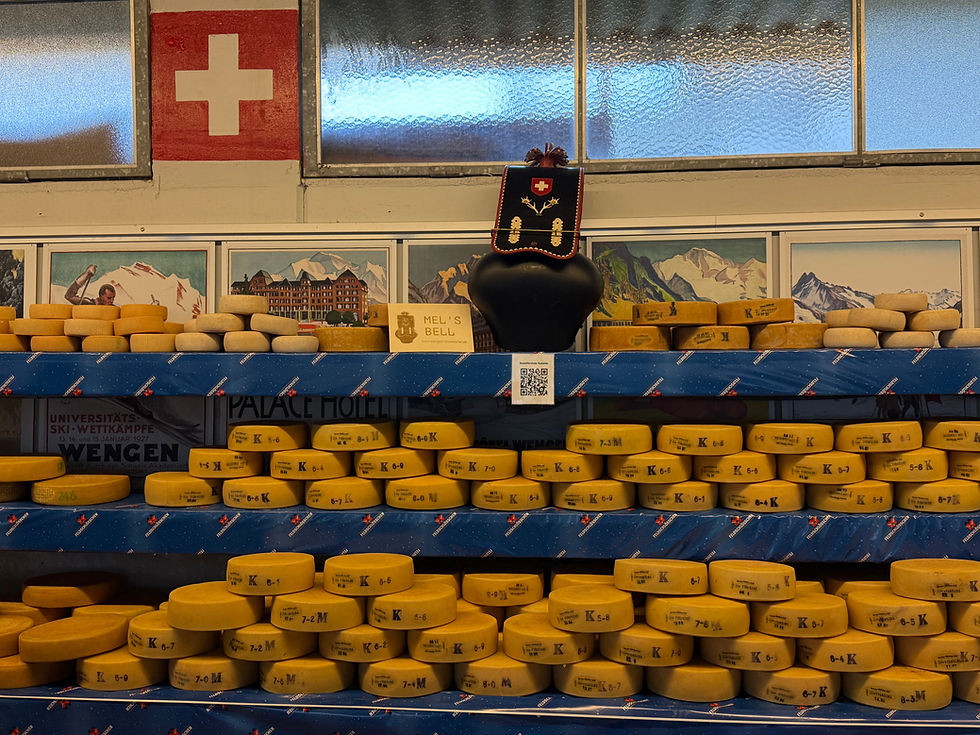
Comments